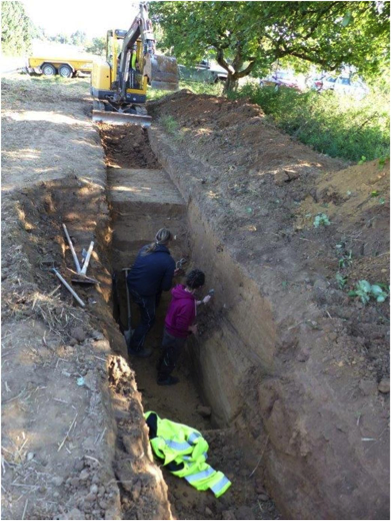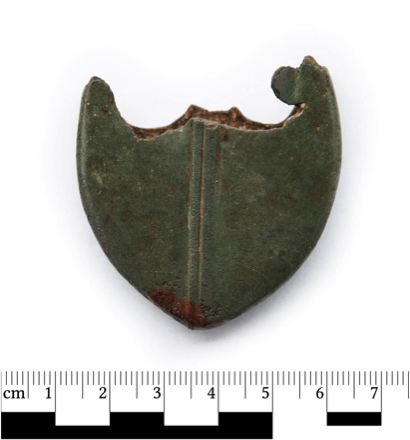The Lahn as a connecting axis between the Roman Empire and Germanic tribes
Gerhard-Jacobi Stiftung
-
Themes
Culture and Diversity -
Focus area
Cultural Heritage Conservation -
Status
Ongoing project -
Region
Germany
The primary aim of the project is the archaeological investigation of the lower Lahn Valley, with regard to its historical significance as a connecting axis between the Roman Empire and Germanic tribes.
Since 2012, systematic geophysical prospections have been carried out by the Rhineland-Palatinate State Archaeology Directorate in northern Rhineland-Palatinate. During these studies, a previously unknown Roman military camp of approx. 8 ha was discovered near Lahnstein. The first small-scale archaeological investigations were carried out by the state archaeology department. A further approx. 3-hectare camp was newly discovered upstream near Bad Ems during aerial archaeological research. Together with some new military finds, this indicates that the Lahn was of great importance in the Roman imperial period, both as a strategic military axis and as a cultural link between the Roman Empire and the neighboring Germanic areas to the northeast. While this could be assumed for individual areas upstream of the Lahn and beyond (Caesarian camp near Limburg-Eschhofen, Augustan base near Waldgirmes), no evidence had been available to date for the lower Lahn.
At the end of the research project, a fundamental reassessment of the significance of the lower Lahn Valley in the period from 50 BC to the second century AD is expected. The research findings are to be published both in specialist literature and in popular science formats for a wide audience.

Ergebnisse der geomagnetischen Prospektion. Deutlich zu erkennen sind der Verteidigungsgraben und ein
Grabhügel im Zentrum des Lagers.


Profilschnitt durch die Kastellgräben. Ortband aus dem Schweizertal. Es handelt sich hierbei um einen Beschlag
Situationsfoto. der verhindern soll, dass die Schwertspitze die Schwertscheide
beschädigt (2.Jh.n.Chr)

Römische Stationen (mehrheitlich Militärlager) der augusteischen bis
tiberischen Zeit in Germanien. Deutlich Zeichnen sich die
drei Hauptvormarschlinien Roms ab: die Lippe, die Lahn und der Main.
